Review: Kyocera Hydro Life for T-Mobile / MetroPCS
Media
By now, Android users should be accustomed to the Google Play Store and its separate apps for listening to music, watching movies, reading books/magazines, and so on. These apps have all been updated with Material Design and given new features recently, so they're worth checking out. The Life also includes a basic MP3 player for side-loaded content.
T-Mobile TV is the only non-Google media app aboard the Hydro Life. It offers a limited selection of streamed TV shows and other video content. I've found it doesn't perform all that well without LTE.
Camera
The Life uses the same camera software we saw on the Hydro Vibe earlier this year. The app launches quickly from the lock screen.
All the controls for the camera are lumped in the right edge of the screen. The camera includes separate buttons for capturing photos and capturing video. Two buttons may take up more space than one, but it makes it easier to capture snapshots when recording video. There's a strip next to the shutter buttons that contains some basic tools for switching mode and scenes, as well as altering white balance and controlling the flash. The modes include normal, color effect, burst, panorama, smile shutter, and HDR. Scenes include auto, portrait, landscape, night portrait, night landscape, and action. These modes and scenes are all fairly typical for modern smartphones and function as expected.
In order to adjust more behaviors, you need to select the full settings menu. This expands another control strip across the bottom of the screen and provides access to resolution/quality controls, as well as autofocus and metering behavior, the timer, blink detection, storage location, review period, and so on. The one thing I don't like is that all these items are represented by a little icon with no text. You have to press them in a trial-by-error fashion to figure out what all the little buttons do. This is frustrating the first few times around.
I found the camera app to be just a hair slow when it comes to focusing and taking images. In other words, I wouldn't be surprised if you missed shots here and there.
Pictures
The Life has a 5-megapixel camera and it's pretty darned crummy. Focus was often soft, the camera had problems with exposure, and grain always seemed to be present. The only thing the Life did consistently well was capture accurate white balance — as long as the flash is off. The flash, which is feeble at best, turns everything yellow. The Life's camera may suffice to prove to your friends that you encountered a moose on the trail, but I'd use a real camera for important stuff.
Video
The Life can capture 720p HD video. The results were, on average, less awful than those produced by the camera. I mean, you'll be able to shoot video of a bear in the woods, but you'd have to be way too close to the bear to see any detail. It's passable for casual needs, but again, use dedicated video equipment if you value the results.
Gallery
The Life offers both the legacy Android gallery app and the newer Photos gallery. At this point, the older app is being retired in favor of the Photos app. Use whichever you prefer, as they both offer a decent amount of control over pictures. You can use either to edit and share images, as well as organize them. Photos has more tools, though, and makes it a snap to automatically store things online.
Apps
There are a handful of T-Mobile-branded apps on board, as well as useless extras. You'll find Amazon, Lookout, MyT-Mobile, T-Mobile Name ID, T-Mobile TV, and T-Mobile Visual Voicemail. Most of these cannot be deleted, but there's still a fair amount of storage left on the Life for your own apps and content.
Bluetooth
The Life's Bluetooth radio didn't give me any trouble as far as connecting to other devices was concerned. It paired with phones, PCs, headsets, and my car without issue. I was not impressed with the quality of calls send through my car's hands-free system, but volume was decent. Music sounded good via Bluetooth (although it lacks aptX support for truly top-quality music.) I was able to push files between devices with no hiccups.
Browser
The Life comes with Google's Chrome browser, which does a fine job of rendering web sites. Speeds on T-Mobile's HSPA+ network don't match those of LTE, but I still thought the Life did OK when it came to surfing the web. It's certainly a capable browsing handset.
Clock
The Life's clock is a digital display that shows up when the phone is woken from sleep. I like that the white, digital numbers are big and bold. This makes it easy to read at arm's length.
GPS
Google Maps is the only navigation software on board, but it works well. The GPS radio located me quickly and accuracy was usually within about 40 feet. The slower processor and data speeds impacted how swiftly Maps was able to update the landscape as I drove or panned around; it was a tad slow.


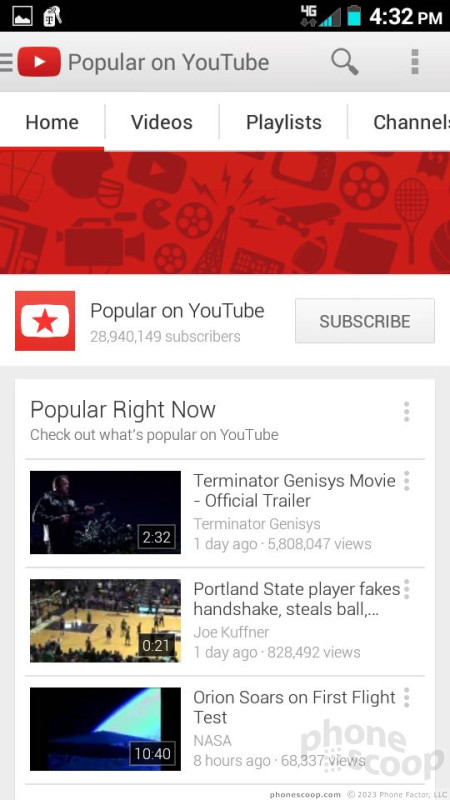


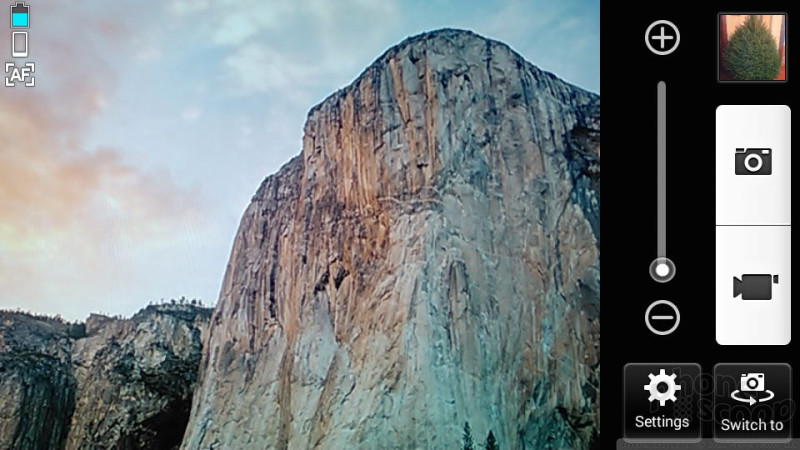




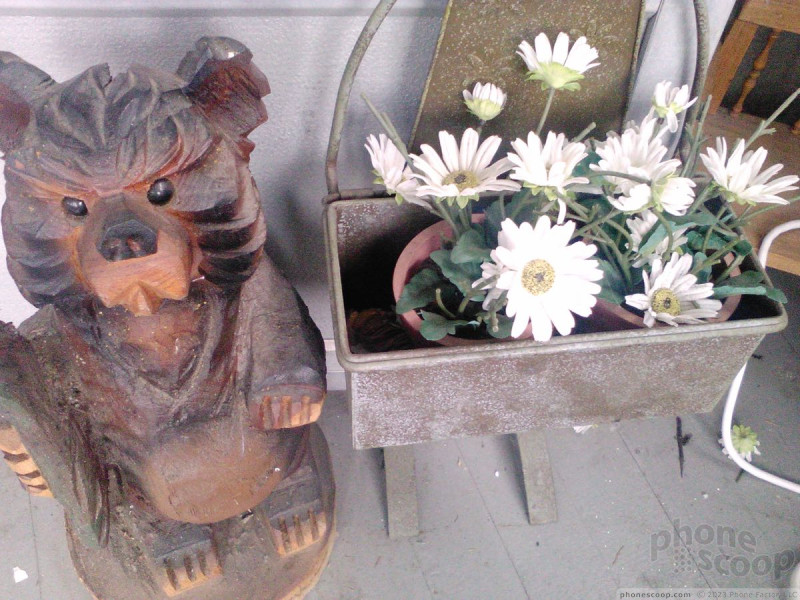














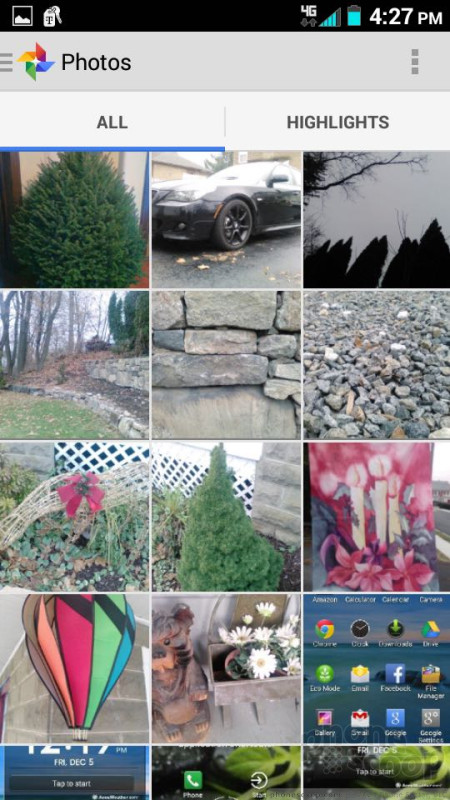





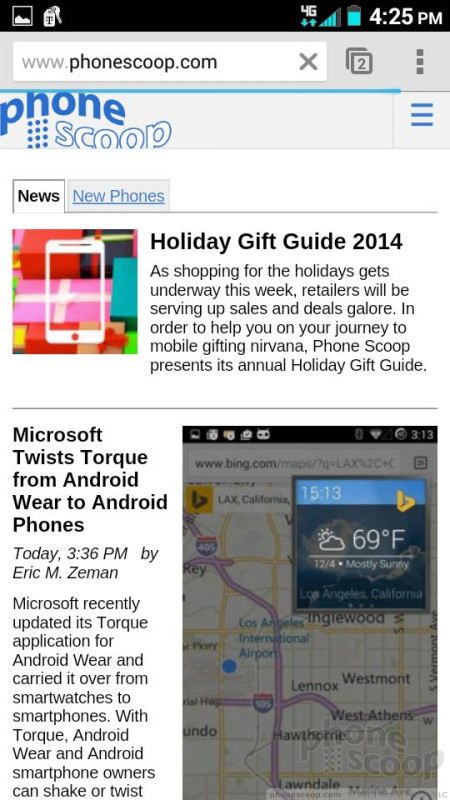



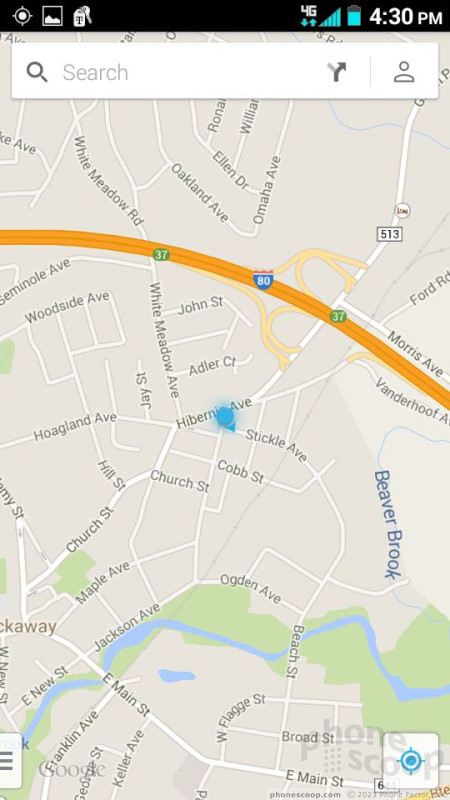



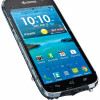 T-Mobile and MetroPCS Score Waterproof Kyocera Hydro Life
T-Mobile and MetroPCS Score Waterproof Kyocera Hydro Life
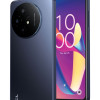 TCL 50 Series Reaches US on Metro
TCL 50 Series Reaches US on Metro
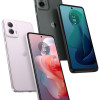 Motorola Brings More Affordable 5G Phones to its 2024 Lineup
Motorola Brings More Affordable 5G Phones to its 2024 Lineup
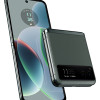 Motorola's new razr Foldable is Just $600
Motorola's new razr Foldable is Just $600
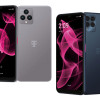 T-Mobile Updates its REVVL Affordable 5G Phones
T-Mobile Updates its REVVL Affordable 5G Phones
 Kyocera Hydro Life
Kyocera Hydro Life





